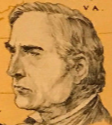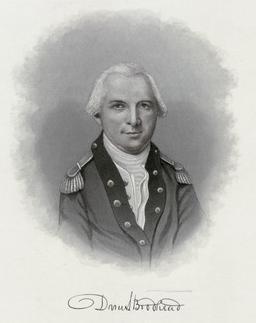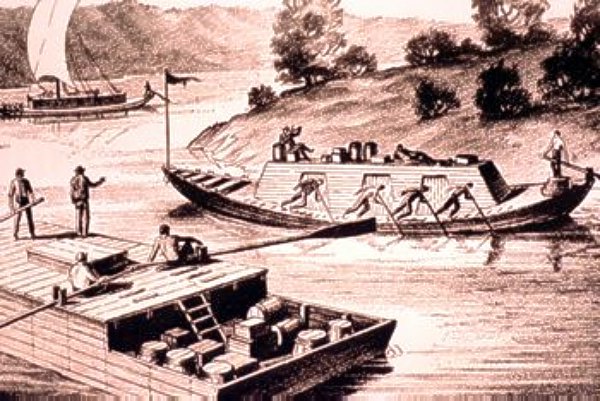
1739 - 1803
Samuel Mason
Summary
Name:
Samuel MasonNickname:
Captain Mason / Ensign Mason / Squire Mason / Mason of the Woods / Wilson / Bully WilsonYears Active:
1790Birth:
November 08, 1739Status:
DeceasedClass:
Serial KillerVictims:
20Method:
UnstatedDeath:
January 01, 1803Nationality:
USA
1739 - 1803
Samuel Mason
Summary: Serial Killer
Name:
Samuel MasonNickname:
Captain Mason / Ensign Mason / Squire Mason / Mason of the Woods / Wilson / Bully WilsonStatus:
DeceasedVictims:
20Method:
UnstatedNationality:
USABirth:
November 08, 1739Death:
January 01, 1803Years Active:
1790bio
Samuel Mason was born on November 8, 1739, in Norfolk, Virginia. He grew up in what is now Charles Town, West Virginia. His family moved there when he was young. During his teenage years, Samuel got involved in crime. He stole horses from Colonel John L. Hite in Frederick County, Virginia. He was caught and wounded by pursuers but faced no severe punishment due to his age.
In 1773, Samuel moved to what is now Ohio County, West Virginia. This area was also part of Virginia at the time. Here, he began to establish himself in the community. Despite his early criminal activities, Samuel sought a more stable life during this period.
During the American Revolutionary War, Samuel served as a captain in the Ohio County Militia. He was recommended for this position by the local court and participated in several military actions. He was present at Fort Henry and took part in campaigns against Native American tribes allied with the British.

murder story
Samuel Mason started his criminal career as a notorious outlaw and gang leader in the late 18th century. Operating primarily in the Ohio and Mississippi River valleys, Mason and his gang were involved in a variety of crimes including robbery, murder, and piracy. They targeted river travelers and isolated homesteads, often using violence to achieve their goals. Mason's reputation as a ruthless criminal grew as his gang's activities escalated.
In 1803, Mason was arrested by Spanish authorities in Louisiana for his numerous crimes. However, during his transport to face trial, Mason managed to escape custody. His freedom was short-lived, as he was soon recaptured. Despite the challenges, Mason continued to evade permanent imprisonment due to the lack of efficient law enforcement in the frontier regions. His repeated escapes made him a legend among both criminals and lawmen.

Samuel Mason's criminal activities came to a definitive end in 1803. After escaping once again, he was eventually tracked down by bounty hunters. During a violent confrontation, Mason was killed. His death marked the disbandment of his gang, which had terrorized the frontier for years. The authorities displayed his severed head as a warning to other outlaws.
The Mason Gang had several similarities to other criminal gangs of the time, such as the Harpe Brothers and the James-Younger Gang. Like these groups, Mason's gang was known for their brutality and the wide range of crimes they committed. They often exploited the lack of strong law enforcement in frontier areas to conduct their operations with impunity. Additionally, the Mason Gang, like other gangs, had a network of informants and collaborators that helped them evade capture for extended periods.